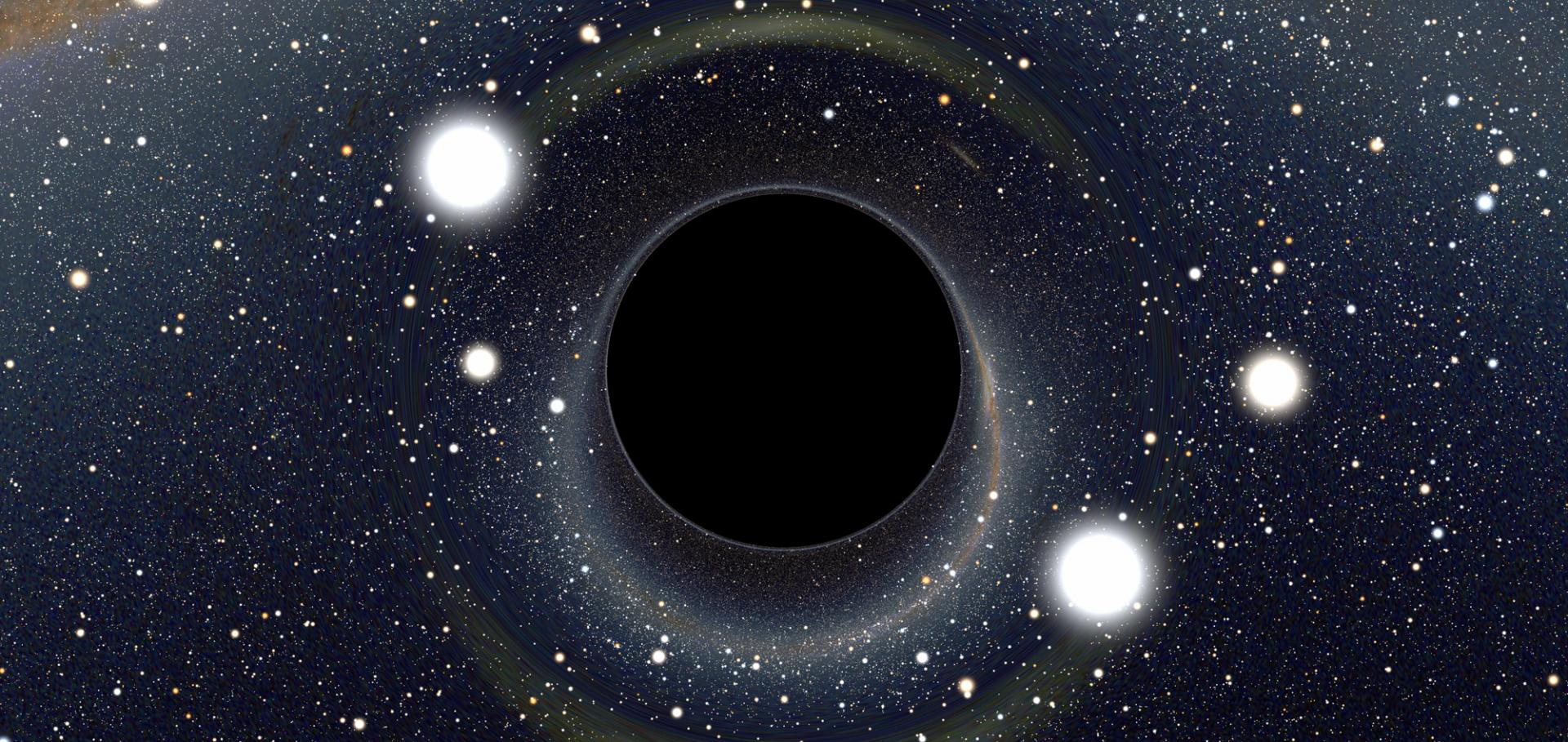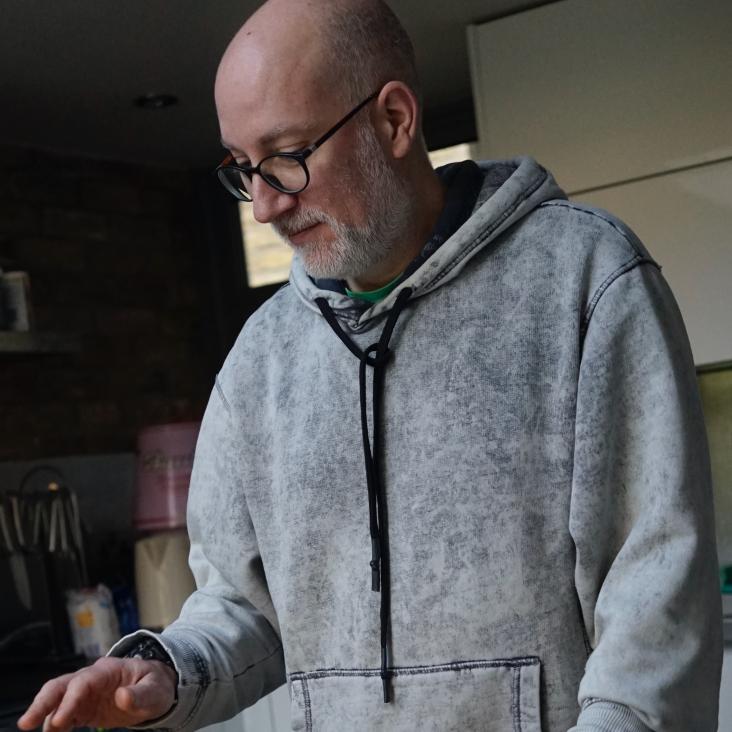Galaxy-halo alignments in the Horizon-AGN cosmological hydrodynamical simulation
(2017)
nIFTy Cosmology: the clustering consistency of galaxy formation models
(2017)
Galaxy-halo alignments in the Horizon-AGN cosmological hydrodynamical simulation
Monthly Notices of the Royal Astronomical Society Oxford University Press (2017)
Abstract:
Intrinsic alignments of galaxies are a significant astrophysical systematic affecting cosmological constraints from weak gravitational lensing. Obtaining numerical predictions from hydrodynamical simulations of expected survey volumes is expensive, and a cheaper alternative relies on populating large dark matter-only simulations with accurate models of alignments calibrated on smaller hydrodynamical runs. This requires connecting the shapes and orientations of galaxies to those of dark matter halos and to the large-scale structure. In this paper, we characterise galaxy-halo alignments in the Horizon-AGN cosmological hydrodynamical simulation. We compare the shapes and orientations of galaxies in the redshift range $0The Horizon-AGN simulation: evolution of galaxy properties over cosmic time
Monthly Notices of the Royal Astronomical Society Oxford University Press 467:4 (2017) 4739-4752
Abstract:
We compare the predictions of Horizon-AGN, a hydrodynamical cosmological simulation that uses an adaptive mesh refinement code, to observational data in the redshift range 0 < z < 6. We study the reproduction, by the simulation, of quantities that trace the aggregate stellar-mass growth of galaxies over cosmic time: luminosity and stellar-mass functions, the star formation main sequence, rest-frame UV–optical–near-infrared colours and the cosmic star formation history. We show that Horizon-AGN, which is not tuned to reproduce the local Universe, produces good overall agreement with these quantities, from the present day to the epoch when the Universe was 5 per cent of its current age. By comparison to Horizon-noAGN, a twin simulation without active galactic nuclei feedback, we quantify how feedback from black holes is likely to help shape galaxy stellar-mass growth in the redshift range 0 < z < 6, particularly in the most massive galaxies. Our results demonstrate that Horizon-AGN successfully captures the evolutionary trends of observed galaxies over the lifetime of the Universe, making it an excellent tool for studying the processes that drive galaxy evolution and making predictions for the next generation of galaxy surveys.Cosmic evolution of stellar quenching by AGN feedback: clues from the Horizon-AGN simulation
(2017)


